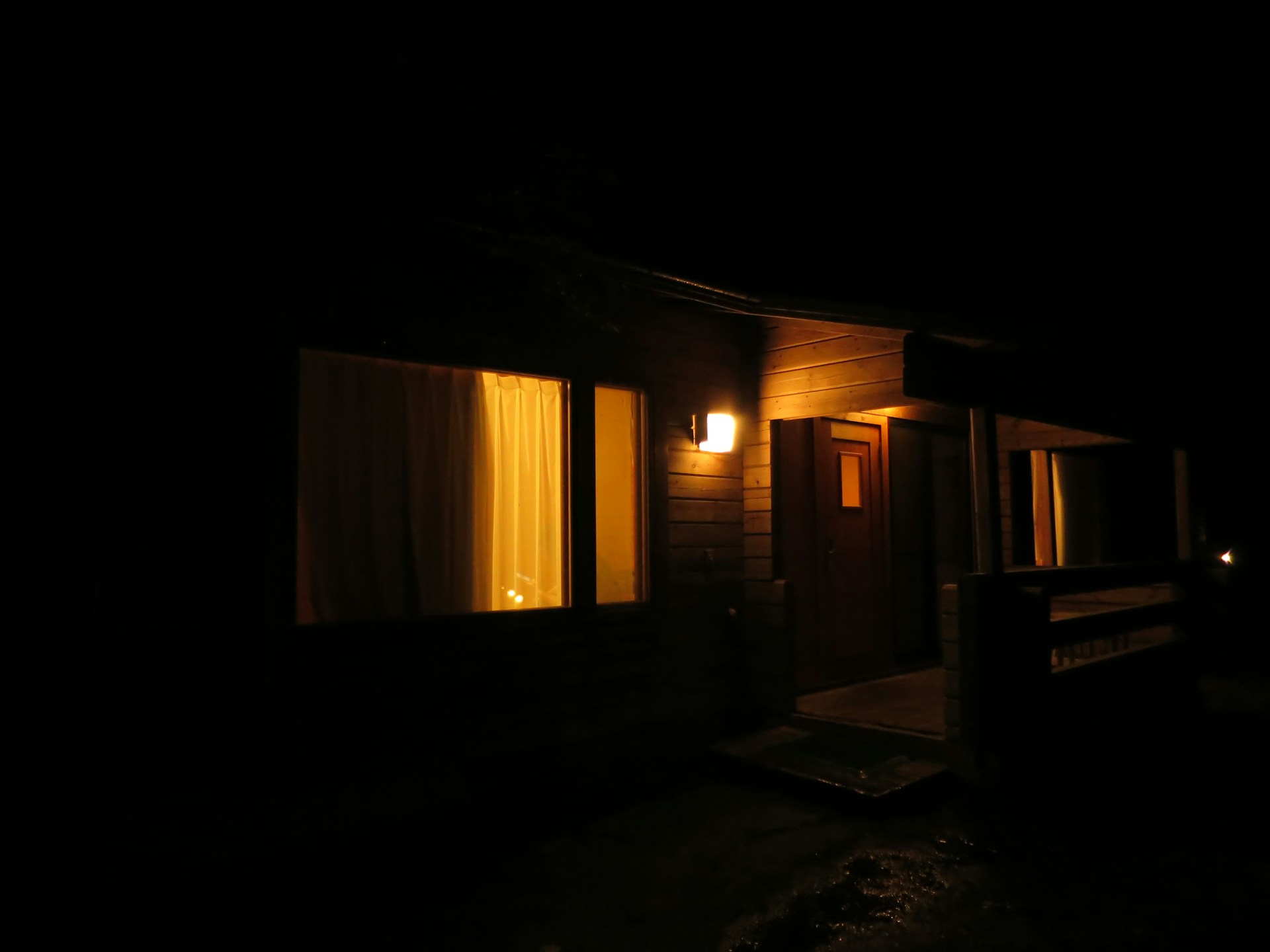U.S. single-family housing starts fell sharply in June, hitting an 11-month low as high mortgage rates and weaker buyer demand continued to suppress residential construction activity. Data from the Commerce Department shows starts declined by 4.6% to an annualised rate of 883,000 units, while building permits, a forward-looking gauge, dropped 3.7% to just 866,000 units. Both figures point to a market struggling under the weight of elevated borrowing costs and economic uncertainty.
The decline was widespread, with only the Northeast region posting modest gains. Builders elsewhere are pausing new developments, citing slowing traffic from prospective buyers and tightening margins. Mortgage rates hovering near 7% have proved especially damaging for first-time buyers and those seeking entry-level homes, curbing affordability at a time when housing inventory is already rising. Several developers have noted a buildup of unsold units, reflecting softer demand even as incentives like discounted rates and price cuts have been introduced.
The ripple effects extend well beyond construction sites. Real estate accounts for a substantial portion of U.S. GDP, and housing starts influence everything from lumber and cement production to job creation in local economies. With residential investment showing signs of extended contraction, the sector could act as a drag on broader economic growth in the second half of the year.
Sentiment among homebuilders has also taken a hit. According to the National Association of Home Builders, industry confidence has declined for two consecutive months, with firms citing not only affordability concerns but also the increased cost of materials and insurance. Many are now adopting a cautious stance, slowing projects to avoid overexposure in a tepid demand environment.
Looking ahead, any recovery will likely hinge on relief in interest rates or a meaningful shift in consumer confidence. Until then, the real estate sector faces a holding pattern, where measured planning and financial discipline will be critical for developers, investors and lenders navigating a fragile market.


